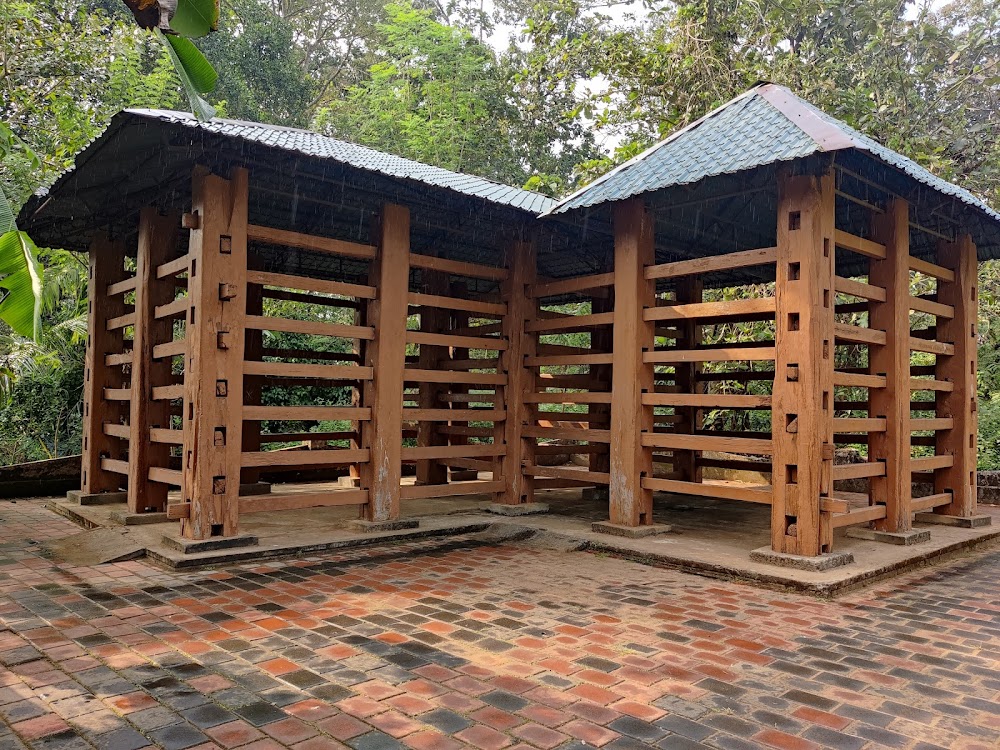Les Collines de Sikasso (Les Collines de Sikasso)
Overview
Les Collines de Sikasso, or the Hills of Sikasso, are a breathtaking and historically significant landscape nestled in the Sikasso Region of southern Mali. This remarkable natural formation not only offers stunning views but is also rich in history and cultural importance, making it a perfect destination for travelers seeking both natural beauty and a deeper understanding of the region's heritage.
Scenic Beauty and Nature
Located near the vibrant town of Sikasso, the hills are a defining feature of the area, providing breathtaking panoramic views of the surrounding savannahs and farmlands. This serene escape into nature is particularly lush during the rainy season, showcasing a diverse array of flora and fauna that delights nature lovers and hiking enthusiasts alike. Adventurous travelers will enjoy exploring the intricate, winding paths that lead to the summits, offering a variety of trails suitable for all levels of hikers.
Historical Significance
The history of Les Collines de Sikasso is as intriguing as its natural beauty. Once a strategic fortification for the Kénédougou Kingdom in the late 19th century, these hills played a crucial role in protecting the capital established by King Tieba Traoré. Remnants of the Tata, an impressive mud wall that once extended over ten kilometers and stood several meters high, are still visible today. This ancient structure reflects the architectural ingenuity and resilience of the Kénédougou people, providing a tangible link to the area's past.
While exploring the remnants of these ancient fortifications, visitors can imagine the historic battles and daily life of the kingdom's residents. The hills also served as a refuge during the Franco-Malinke wars, highlighting their significance in the region's military history. For explorers and history buffs alike, the site is a treasure trove of stories and artifacts that illuminate Mali's pre-colonial era.
Cultural Heritage and Folklore
Les Collines de Sikasso are not only a natural and historical wonder; they are also steeped in local traditions and folklore. The indigenous communities regard the hills as sacred, believing they are inhabited by spirits. This belief has given rise to a rich oral tradition filled with legends and tales associated with the landscape. Local guides are eager to share these stories, offering visitors a deeper understanding of the cultural and spiritual significance of the hills. Engaging in guided tours can provide a unique opportunity to connect with the region's heritage.
Activities and Local Engagement
The area surrounding Les Collines de Sikasso boasts a variety of activities for tourists. Hiking trails of varying difficulties cater to both novice and experienced hikers, while birdwatchers will be thrilled by the diverse avian species that inhabit the region. For those interested in local culture, visits to nearby villages can be arranged, offering insights into the daily lives, crafts, and traditions of the local people. Additionally, the markets in Sikasso town present vibrant displays of local produce, crafts, and textiles, perfect for picking up unique souvenirs to commemorate your visit.
Welcoming Community
Visitors to Les Collines de Sikasso are often struck by the warmth and hospitality of the local people. Malians are renowned for their friendliness, and many travelers find that their interactions with locals are among the most memorable aspects of their journey. Engaging with the community not only enhances the travel experience but also fosters a deeper appreciation for the culture and traditions of the region.
In summary, Les Collines de Sikasso are an essential destination for anyone traveling to Mali. With their stunning landscapes, rich historical background, and profound cultural significance, the hills promise a multifaceted experience that caters to diverse interests. Whether you’re hiking scenic trails, exploring ancient fortifications, or immersing yourself in local folklore, Les Collines de Sikasso offer a unique and unforgettable journey into the heart of Mali.



